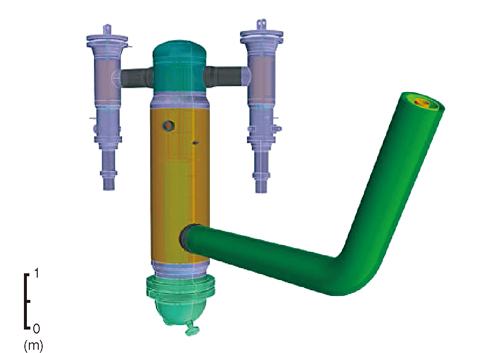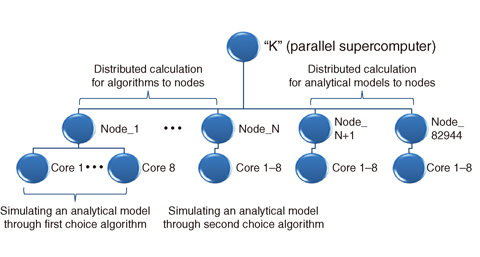
Fig.10-7 Simulation under real conditions

Fig.10-8 Parallel distributed processing for the structural analysis of assemblies
The Center for Computational Science and e-Systems (CCSE) has established a principle that can greatly improve the certainty of the structural analysis of an assembly in seismic assessment by utilizing the state-of-the-art supercomputer, “K”.
Most industrial products are composed of multiple parts. When analyzing the soundness of an assembly, empirical knowledge and know-how are required for the handling of part joints. The need to achieve more realistic results for this soundness analysis prompted us to investigate technological developments to simulate the structure under real conditions (Fig.10-7). One of these developments is the “structural analysis of an assembly”.
Recently, the code for the structural analysis of an assembly which was developed by JAEA, was ported onto “K” to enable structures to be simulated under real conditions. In particular, the analysis of the resonance conditions of a structure, which are indispensable for the vibration analysis of an assembly, was performed simultaneously by using several calculation methods for several design proposals on “K”. This not only shortens the calculation time, but also dramatically improves the certainty of the calculation results (Fig.10-8).
However, as conventional supercomputers do not have the computing ability to simultaneously process several huge datasets consisting of details of the many parts of assembled structures, computations are commonly performed by empirically selecting an analysis method. Therefore, based on R&D outcome, the use of “K” computer to compare the results of several calculation methods enabled us to significantly improve the rational analysis by achieving higher simulation accuracy for the first time. In addition, the simulation of an assembly vibration analysis, which used an observed seismic wave as the input wave, also succeeded.
In the future, it is foreseen that this research will contribute to the advancement of seismic infrastructure maintenance. It will be utilized not only in the nuclear field, for example, for light-water and next-generation reactors, but also for industrial applications.
This study is supported by the HPCI Strategic Program “Next-generation seismic simulation of large industrial plants” of the Ministry of Education, Culture, Sports, Science and Technology in Japan (MEXT).
<Previous: 10-3 | Next: 11 Development of Science & Technology for Nuclear Nonproliferation >